
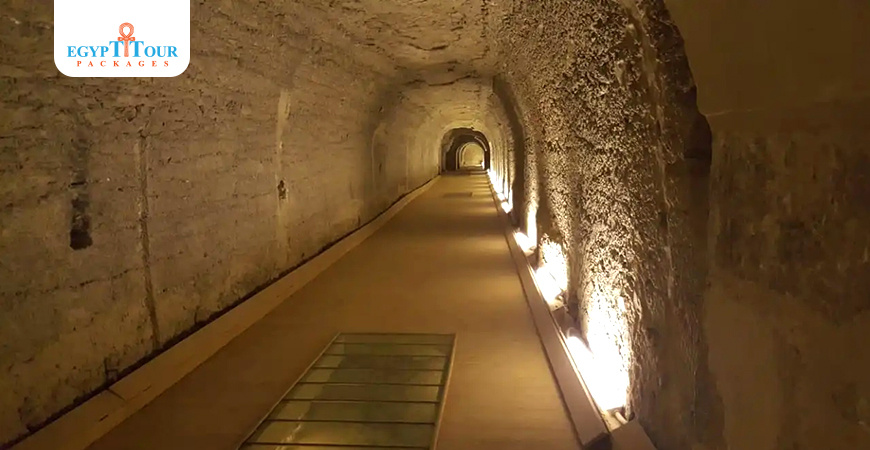
Serapeum of Saqqara
The Serapeum of Saqqara was the ancient Egyptian burial place for sacred bulls of the Apis cult at Memphis.
What is special about Saqqara?
The Serapeum is the name given to every temple or religious structure dedicated to the worship of Seraeus, a sacred cult in Egypt that brings together two of the gods of ancient Egypt, whose main concern is Osoris and Abis.There were many houses of worship for this religion, and each one of them was called in Latin.Scrapeum or in Greek: Scrapeiom (Expansion).The name means the place of Sarabis that is, the place of Osiris Apis or the place of the deceased Apis.It is known that since the Old Kingdom, every deceased person preceded his name with the word Osiris. And so this was transmitted to the calf Apis. Apis is the nickname of the sacred calves that were buried in the Serapeum tombs in Saqqara.The Apis calf symbolized fertility.He was worshiped in Memphis was one of the oldest and most important cities in ancient Egypt, located at the entrance to the Nile River Valley near the Giza plateau. Memphis , and the ancient Egyptians considered him the spirit of the machine Ptah. He was crowned by placing the disk of the sun between his horns, and they used to choose the calf, and the choice of the calf was subject to conditions. It lived in the sacred barn surrounded by his cows. When he died, the priests buried him in an official funeral. Then another calf is crowned as a god in the sacred barn amid great celebration.

What is the mystery of the Serapeum?
The Serapeum is the name given to every temple or religious structure dedicated to the worship of the monotheistic god Serapis, which is a sacred cult in Egypt in the Hellenistic “Greek” era. It combines two of the gods of ancient Egypt, Osiris and Apis, and its goal is to make citizens of Greek origins and others of Egyptians origins share the worship of the protector god who combines the attributes of the Greek gods “Zeus and Hades” with the attributes of the Egyptian gods “Osiris and Apis.” The museum is located on the ground, and includes a group of tunnels, basements, and caves dug deep under the rocks of the Saqqara Plateau, with a length of 400 meters, where the ancient Egyptian, without using technology and machines, dug. The Serapeum Temple is distinguished by the fact that it contains 26 huge, carefully crafted granite sargphago. The coffin lid weighs 30 tons, and the body of the sargphago itself weighs 70 tons. This means that it requires approximately 500 men to move each box. The museum includes a group of sargphago made of hard rocks (red granite - black granite - basalt - schist - quartz), which are hard rocks. The ancient Egyptian was able to carve them with primitive tools that were used in the Dynastic Era, respectively (stones - copper - bronze). - Then iron in later times).
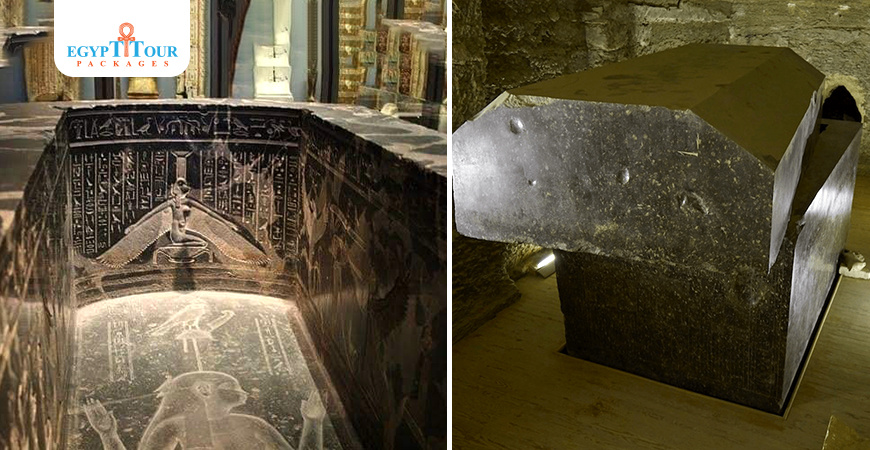
Who built Serapeum of Saqqara?
The Serapeum of the Late Period is located in the Saqqara region, located northwest of the Step Pyramid, next to the Tomb of T. The The Serapeum of Saqqara was the ancient Egyptian burial place for sacred bulls of the Apis cult at Memphis was one of the oldest and most important cities in ancient Egypt, located at the entrance to the Nile River Valley near the Giza plateau. Memphis . Serapeum of Saqqara is one of the most important tombs built in Memphis was one of the oldest and most important cities in ancient Egypt, located at the entrance to the Nile River Valley near the Giza plateau. Memphis . The most ancient burials of mummified sacred calves preserved inside coffins date back to the reign of Amenhotep III. In the thirteenth century BC, Ramesses II 's son , Prince Kha-M-Wast dug a tunnel in the mountains, with rooms carved on its sides containing coffins for sargphagos,most of which were made of granite and basalt, ranging from 10 to 80 tons. The Saqqara Serapeum is an underground vault in which calves were buried, fully mummified like kings, and the most luxurious jewelry was placed with them in the burial. The Apis calf has its origins in Memphis was one of the oldest and most important cities in ancient Egypt, located at the entrance to the Nile River Valley near the Giza plateau. Memphis since ancient times, but it is believed that its worship took on its own rituals since the reign of Amenhotep I and it became officially a deity. A sacred sanctuary was erected in the courtyard of this building in the thirtieth year of the reign of Ramesses II (19th Dynasty) to offer worship to the deceased Apis calf. It was called “House-Osiris Apis,” which was transformed in the Greek language into the name Po Serapis. In the time of “Ptolemy I,” a sanctuary was added to the deity. Serapis, whose cult worked to unite the Greeks and Egyptians, and was served by volunteer monks.Psamtik I built a second tunnel,which the Ptolemies later used.There was a road extending from the Temple of the Mummification of the Sacred Calf in Memphis was one of the oldest and most important cities in ancient Egypt, located at the entrance to the Nile River Valley near the Giza plateau. Memphis and extending west, passing through the cemetery of Marruca and reaching the entrance to the Serapeum in Saqqara. The road was surrounded by statues of the the Great Sphinx is one of the world's largest monuments. It is also one of the most recognizable relics of the ancient Egyptians. Sphinx . It is likely that their number was 600 statues of the the Great Sphinx is one of the world's largest monuments. It is also one of the most recognizable relics of the ancient Egyptians. Sphinx . It is likely the work of King Takhtenpo I.
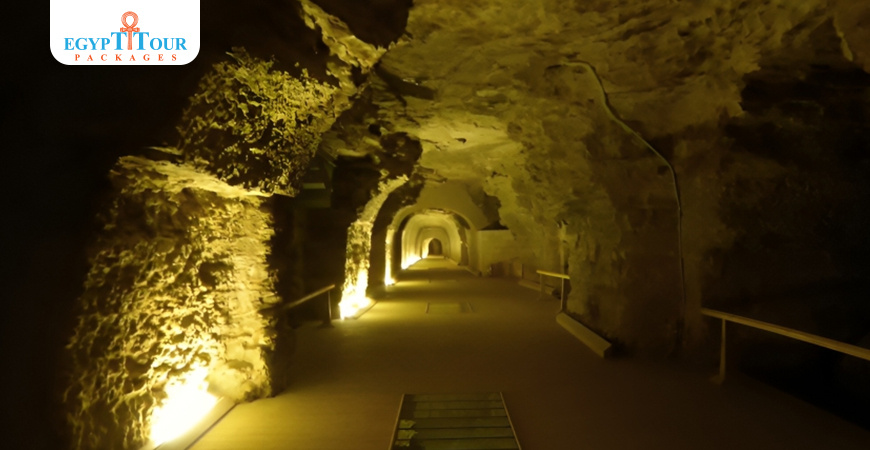
Is Secrets of the Saqqara tomb real?
In 1850, the Serapeum was discovered by the Egyptologist Auguste Marbet, who excavated the largest part of it, but the manuscripts he wrote about this matter were lost, and this limits the possibility of using the tombs to compose a chronology of Egyptian history. The beginning of the excavation was the presence of the head of the the Great Sphinx is one of the world's largest monuments. It is also one of the most recognizable relics of the ancient Egyptians. Sphinx visible from the sand, so he cleaned it around it.He found a complete statue of the the Great Sphinx is one of the world's largest monuments. It is also one of the most recognizable relics of the ancient Egyptians. Sphinx placed on the side of a paved road, so he followed the road and found the rest of the the Great Sphinx is one of the world's largest monuments. It is also one of the most recognizable relics of the ancient Egyptians. Sphinx statues and reached the entrance to the Serapeum.

Can you go inside Saqqara tomb?
The problem lies in the fact that in the period between Ramses XI to the twenty-second year of the reign of Osorkon II.This is a period estimated at about 250 years.Only nine calf burials have been found.This number also includes three burials that do not currently exist. Rather, it was seen by Mariette, who said that he found it in an underground room that was not completely stable so that it could be excavated. Egyptologists believe that there should have been a greater number of bull burials during this period, since the average lifespan of a bull was between 25 and 28 years, if it did not die before that. Four tombs attributed by Mariette to Ramesses XI are retrospective, creating a gap of nearly 130 years that researchers have attempted to fill in various ways. According to some, the whole chronology of the twentieth century must be revisited. According to other researchers, there are other burials of the Apis bull that have not yet been discovered. The part discovered so far includes 26 rooms containing about 24 sargphagos.Each room (except for two rooms) contains a huge sargphago. Most of the sargphagos were stolen, except for one basalt sargphago, inside which was found the mummy of the Apis calf, which is the onion in the Agricultural Museum in Giza. Inside the Serapeum, inscribed paintings were found installed in cavities in the walls, and graffiti on the walls inscribed with hieroglyphics and Greek for visitors who came to visit the Serapeum.Most of these paintings are in the Louvre Museum. In front of the entrance, a hall was found lined with statues, and statues of Greek poets and philosophers were erected near it in a semicircular building.
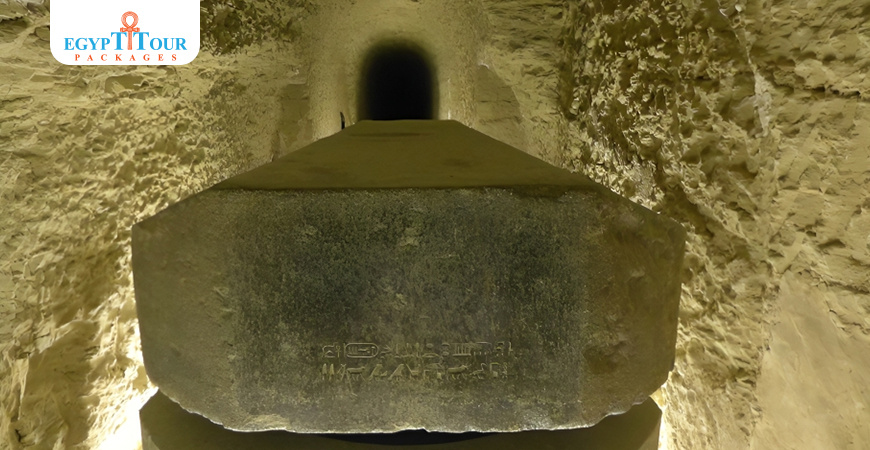
Post A Comment
Your Email Address Will Not Be Published.



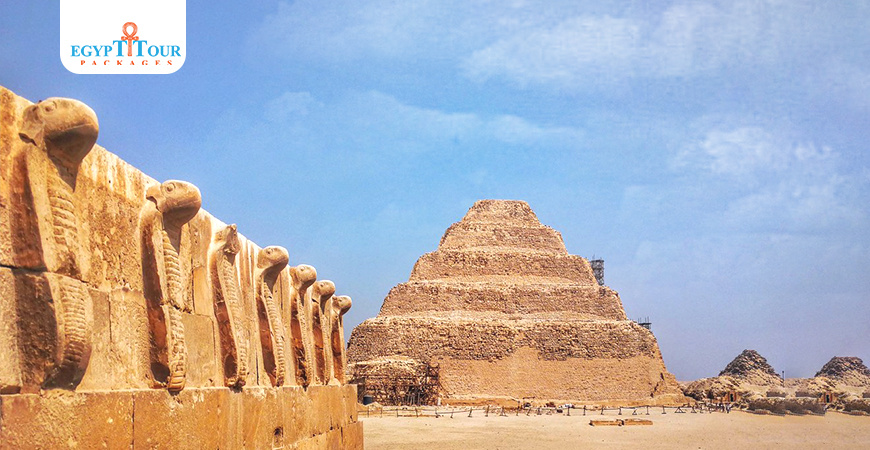







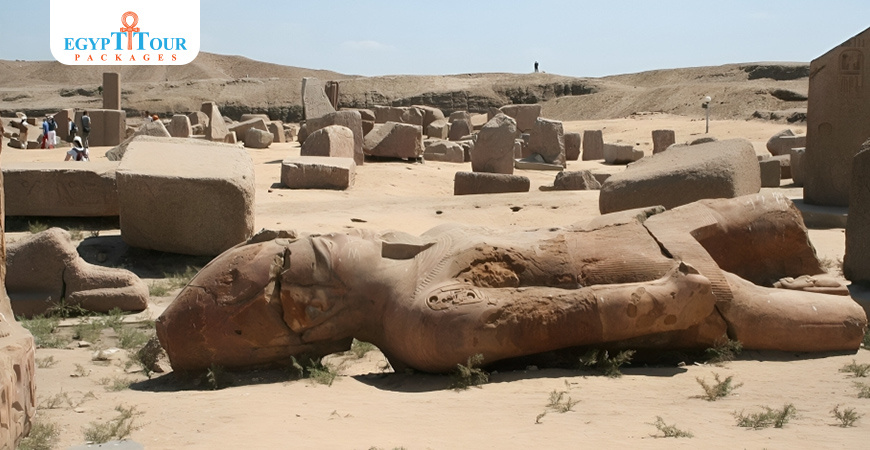


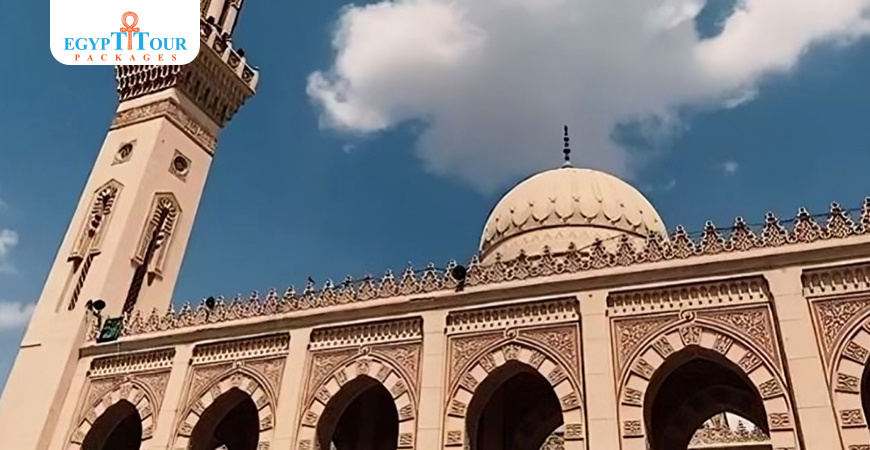


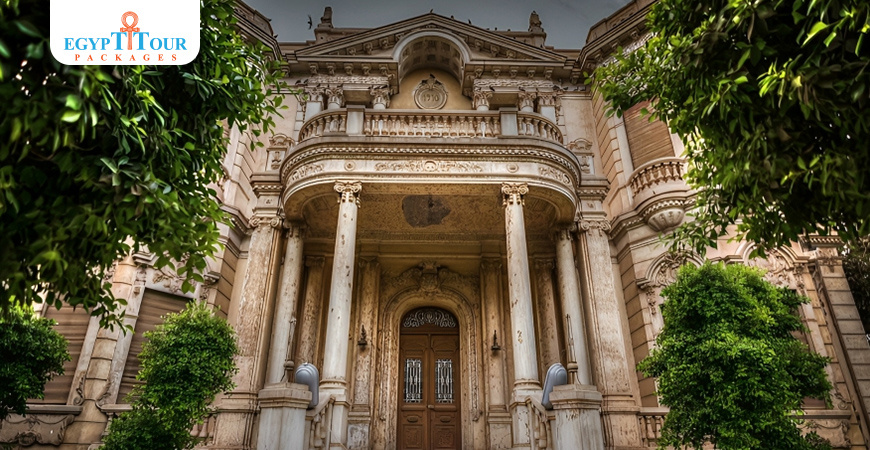
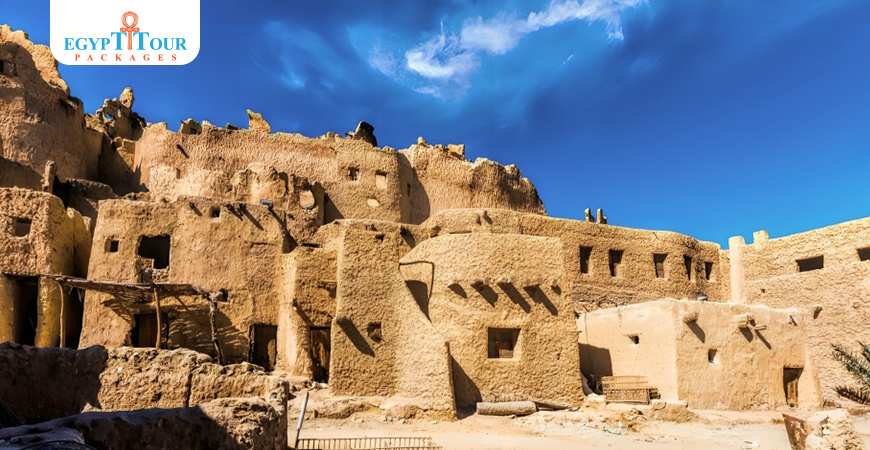
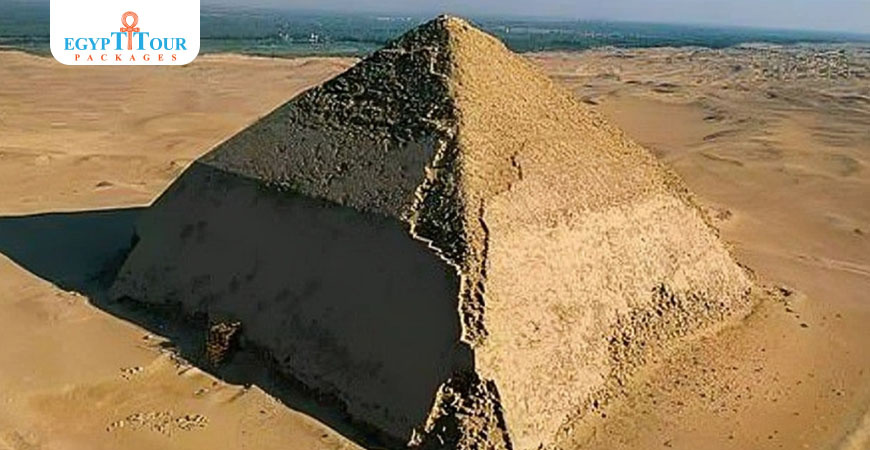
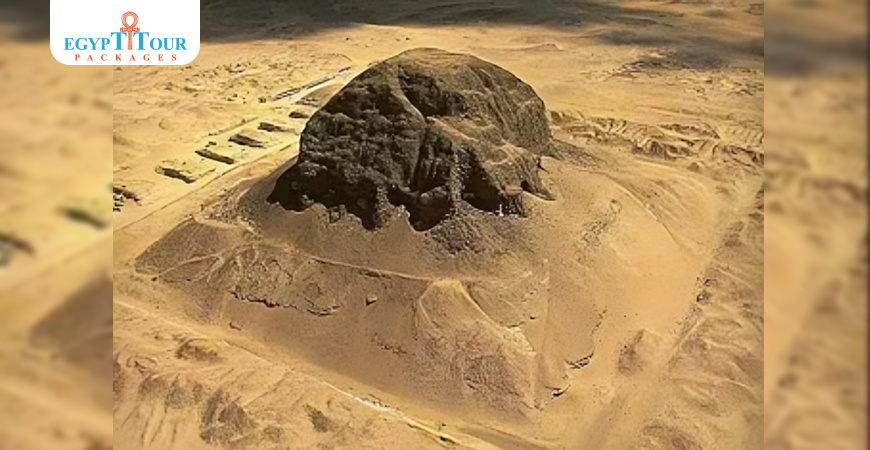
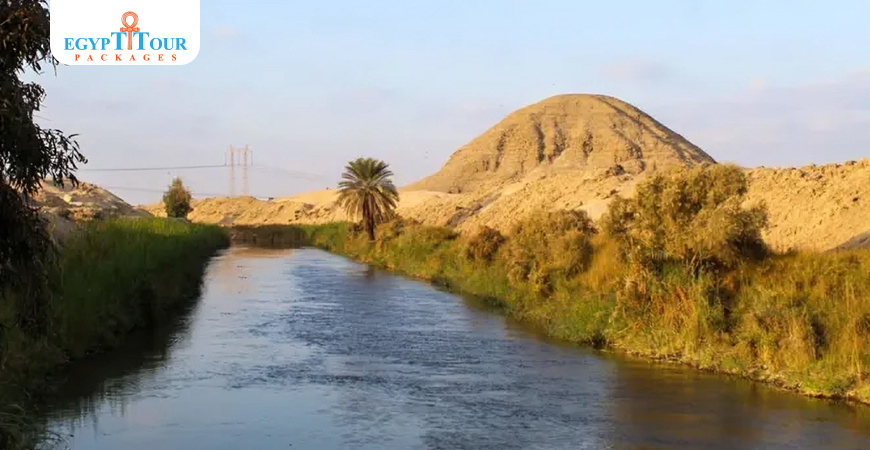


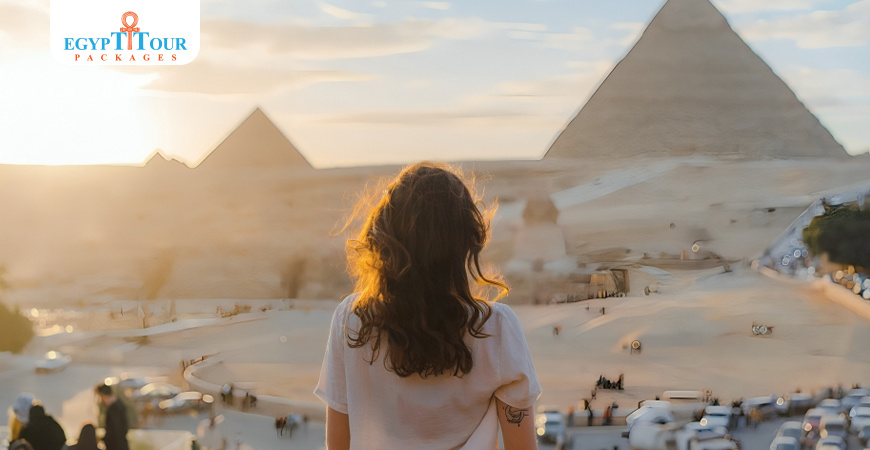
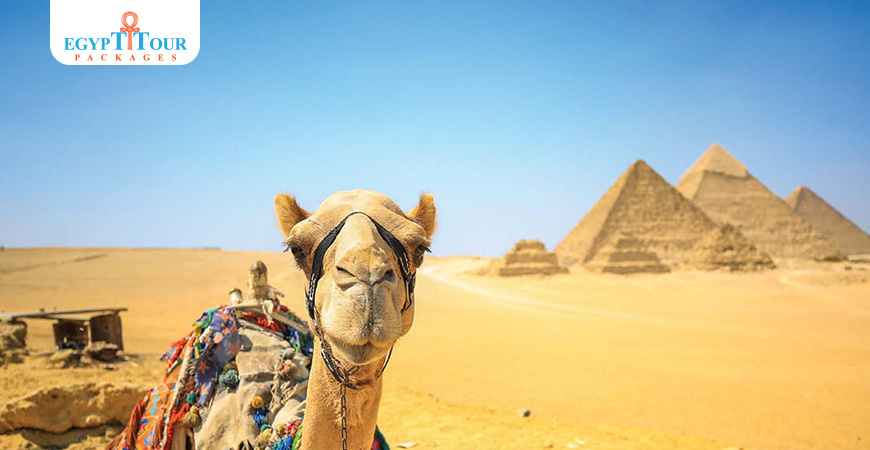











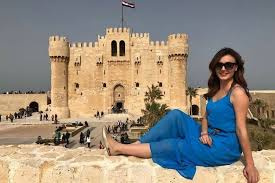

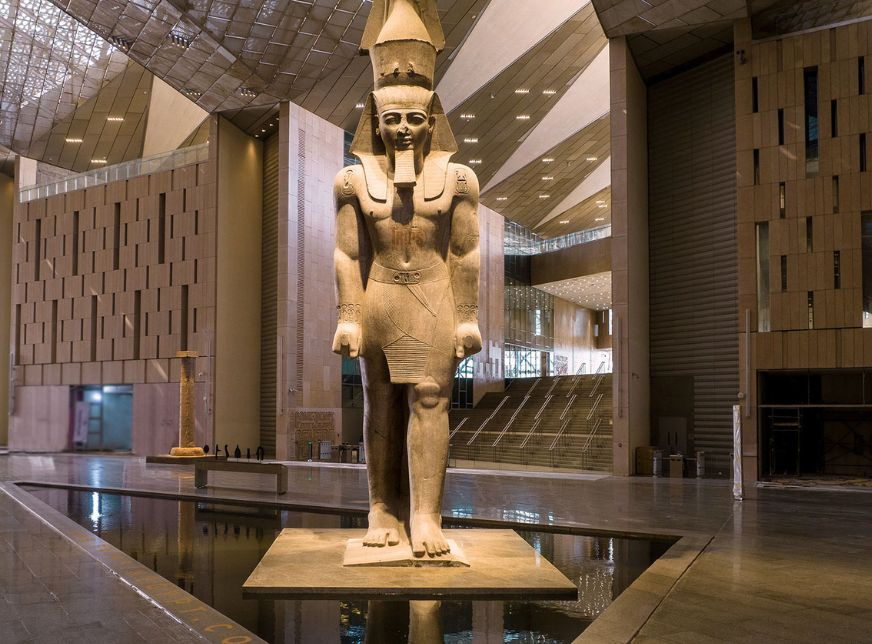






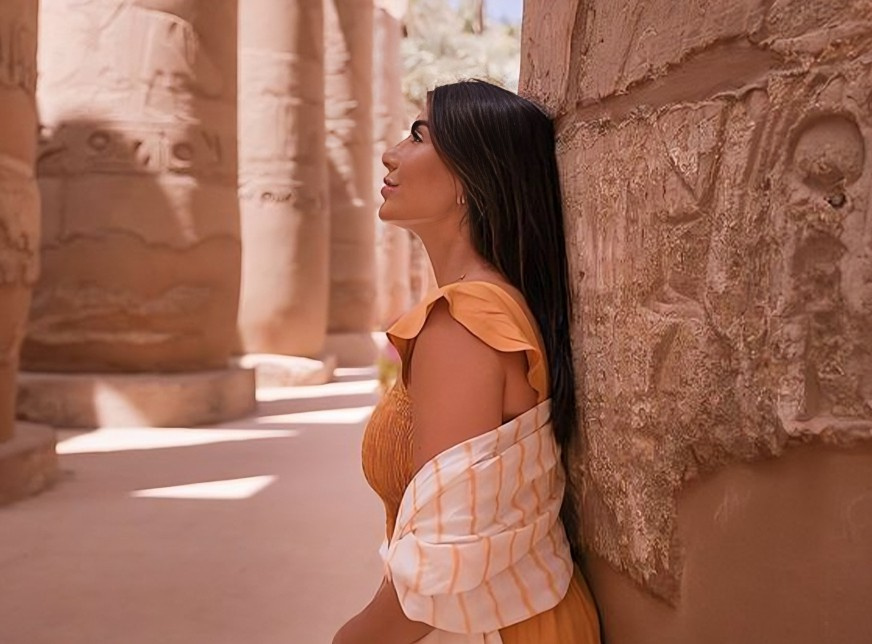



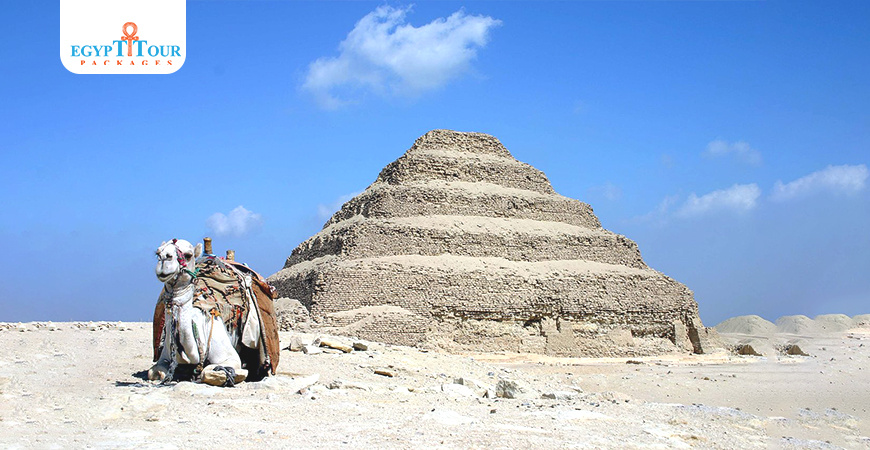

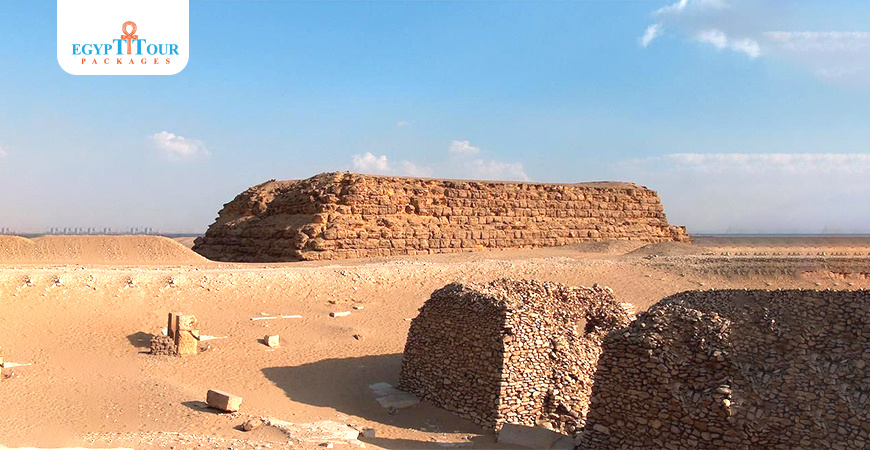
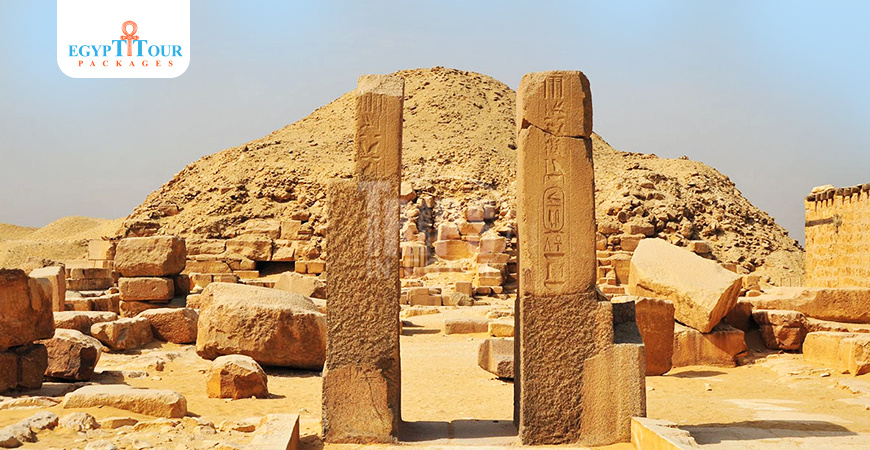


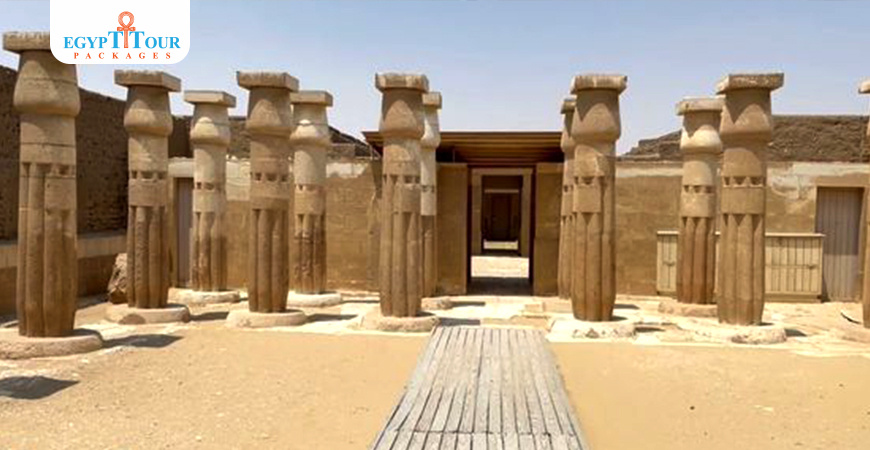
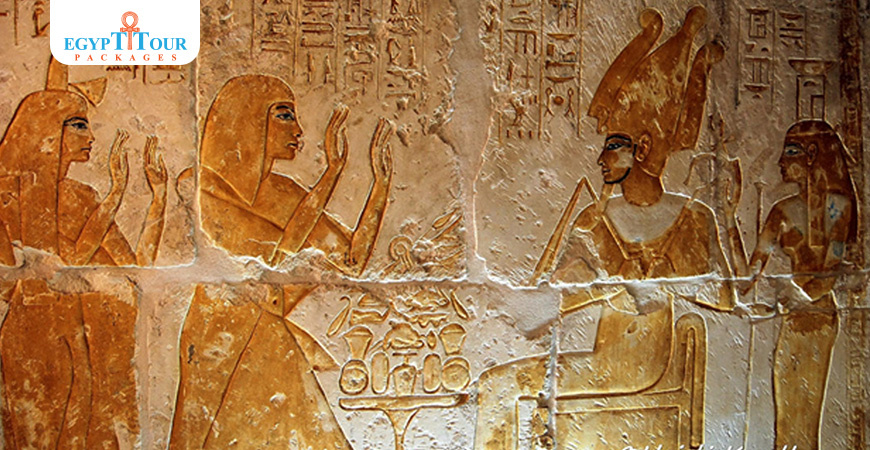
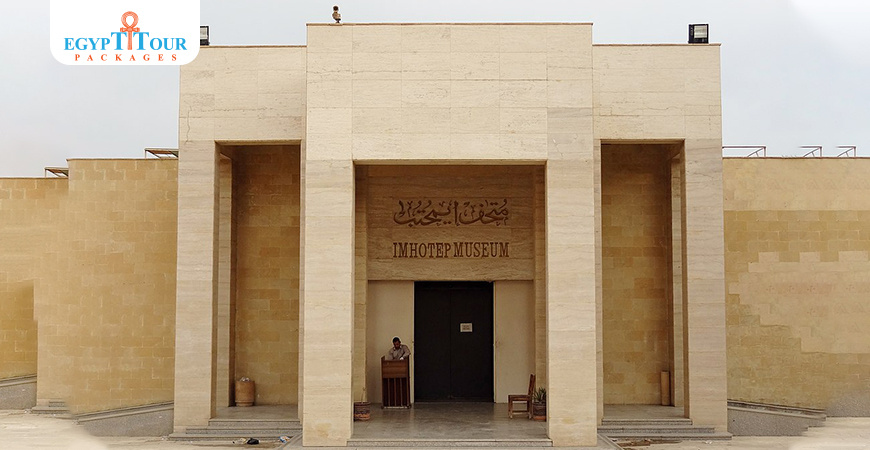

0 Comments